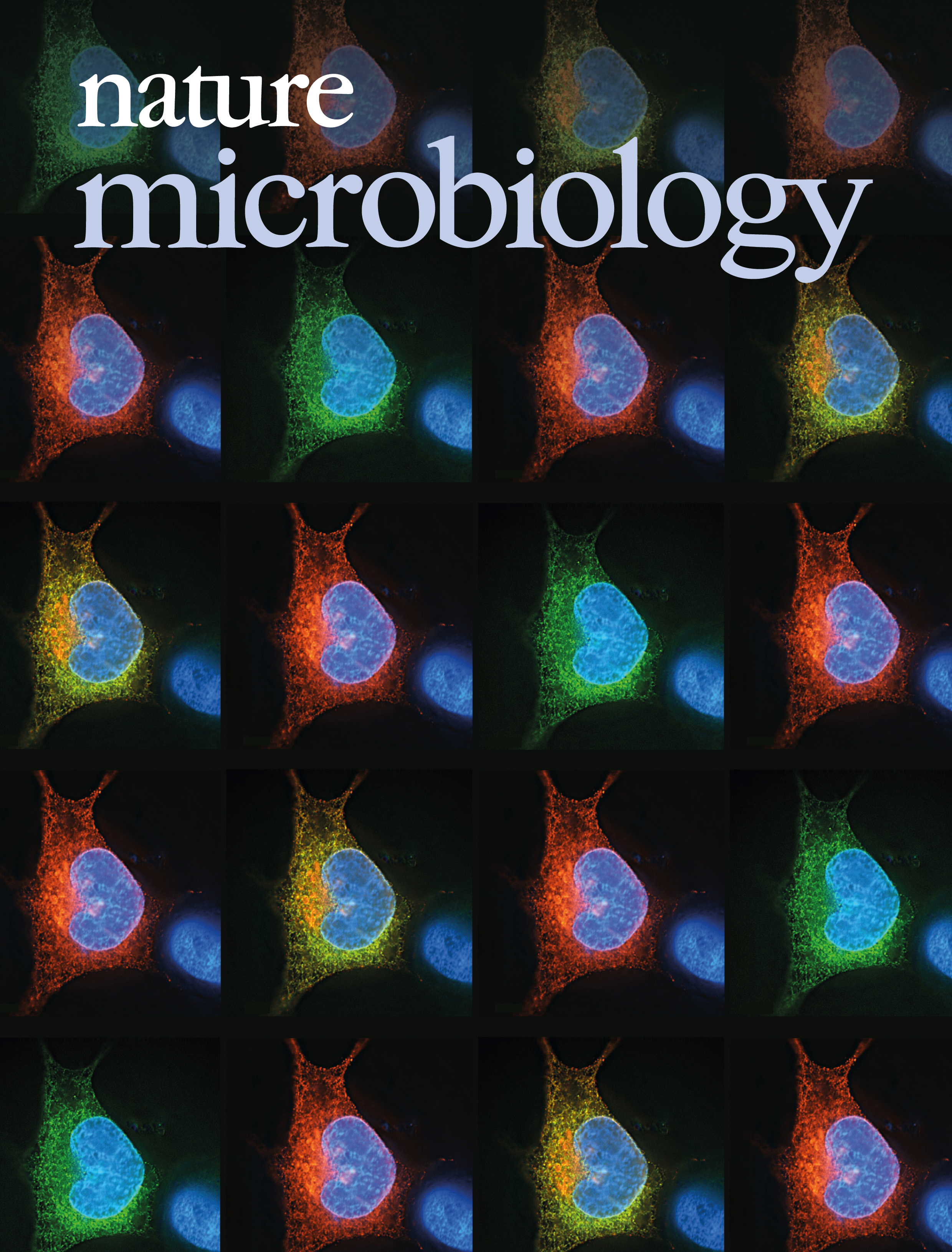July 2016 cover
Published in Microbiology


HIV relies on a variety of cellular proteins to proliferate and persist in infected individuals. In an infected cell, the oligomeric HIV-1 envelope protein (red) recruits different sets of cellular interactors during the extensive maturation from its synthesis in the endoplasmic reticulum (green), through elaborate glycosylation in the Golgi (red; orange in combined) to its destination at the plasma membrane, the site of its incorporation on nascent virions.
Refers to HIV–host interactome revealed directly from infected cells by Luo et al.
Nature Microbiology, 1, 16068 (2016)
Follow the Topic
-
Nature Microbiology

An online-only monthly journal interested in all aspects of microorganisms, be it their evolution, physiology and cell biology; their interactions with each other, with a host or with an environment; or their societal significance.
Related Collections
With Collections, you can get published faster and increase your visibility.
Progress towards the Sustainable Development Goals
Publishing Model: Hybrid
Deadline: Ongoing
The Clinical Microbiome
Publishing Model: Hybrid
Deadline: Mar 11, 2026





Please sign in or register for FREE
If you are a registered user on Research Communities by Springer Nature, please sign in